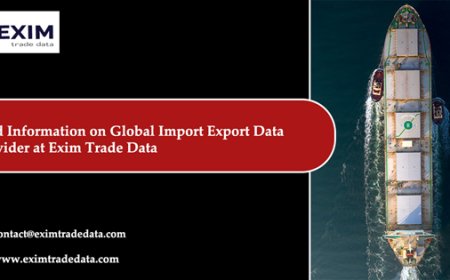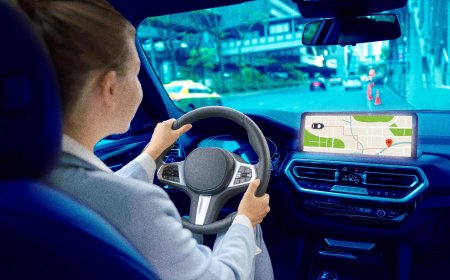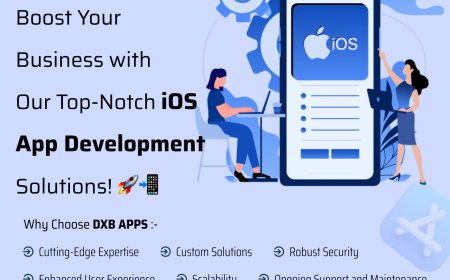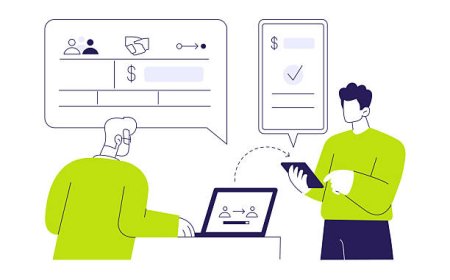How a Speed Enforcement Camera System Supports Data-Driven Traffic Management
Enhance road safety and traffic management with a speed enforcement camera system that accurately detects and records speeding violations in real time.
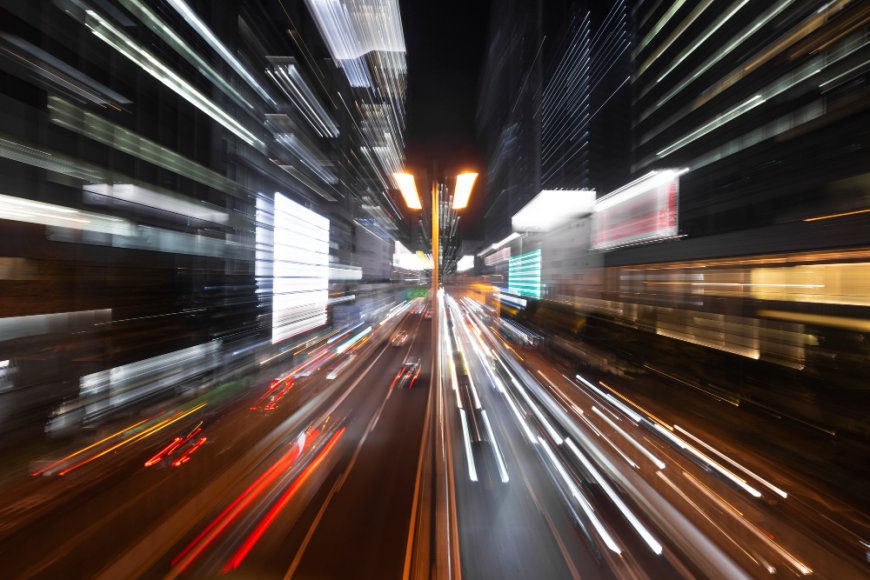
Introduction
With the continuous expansion of urban infrastructure and the surge in vehicle numbers, managing road safety has become increasingly complex. Traffic congestion, speeding, and non-compliance with road rules have emerged as major contributors to road accidents and inefficiencies. Traditional enforcement methodslargely reliant on manual observation and static systemsare proving inadequate in addressing these challenges. In this scenario, the adoption of intelligent technologies like the speed enforcement camera system is redefining how cities enforce traffic laws and manage roadway efficiency.
This article delves into how modern speed enforcement systems go beyond penalty issuance. By collecting and analyzing vast traffic data, they empower authorities to adopt a more strategic, data-driven approach to traffic regulation and infrastructure planning.
From Passive Observation to Active Data Generation
Conventional traffic enforcement methods were reactive by designofficers issued fines after violations occurred, often missing crucial evidence. With advancements in digital surveillance and automation, enforcement has become more proactive. Speed enforcement camera systems are equipped with high-resolution sensors, radar technologies, and video analytics, capable of capturing speeding incidents with accuracy, regardless of lighting or weather conditions.
However, the real value lies in the data these systems generate. Each speeding event recorded is more than just a violationits a data point. When collected over time, these data points reveal critical patterns such as:
-
Peak speeding hours
-
High-risk road segments
-
Repeat offender trends
-
Violation spikes during weather events or holidays
By identifying these patterns, city planners and traffic authorities can make informed decisions about speed limit zoning, road design modifications, and even policing strategies.
Informing Urban Planning with Violation Data
The comprehensive datasets produced by speed enforcement systems have applications well beyond enforcement. Urban planners can use historical speed data to evaluate the effectiveness of current traffic calming measures. For instance, if speeding remains high despite speed bumps or narrowed lanes, the data might suggest the need for additional interventions like roundabouts or signal adjustments.
Moreover, violation heatmaps can guide infrastructure development. Roads with frequent high-speed violations near schools or residential zones may warrant immediate attention for pedestrian crossings or improved signage. This kind of targeted, evidence-based planning leads to smarter urban development and a safer environment for all road users.
Enhancing Public Policy and Awareness Campaigns
Public safety campaigns are often launched without clear insights into where and why violations occur. A speed enforcement camera system bridges this gap by offering actionable intelligence. Authorities can assess which demographics or regions exhibit the most non-compliance and tailor communication accordingly.
For example, if a specific area sees frequent violations during late evenings, authorities might initiate a campaign targeted at night-shift workers or commercial drivers. Data-driven campaigns are not only more cost-effective but also far more impactful than generic outreach efforts.
Real-Time Analytics for Dynamic Response
One of the most significant advantages of digital speed enforcement systems is their ability to offer real-time analytics. Integrated with traffic control centers, these systems can instantly relay information about violations, enabling quicker responses from law enforcement or traffic management teams. If a spike in speeding is detected on a specific stretch, speed display signs or temporary barriers can be deployed to manage flow and reduce risk.
Furthermore, by analyzing cumulative data through machine learning models, predictive alerts can be generated for high-risk time windowshelping cities move toward a more preventive approach to traffic safety.
Streamlining Operations with AI Video Insights
The increasing use of AI Video Analytics Improves Operational Efficiencies in traffic systems, turning raw surveillance data into meaningful insights. AI algorithms can categorize violations, filter out false positives, and even detect anomalous driving behavior like sudden acceleration or lane weavingfactors that often precede accidents.
These automated systems significantly reduce the workload on human operators, ensuring only validated events are escalated for enforcement or review. They also allow for the analysis of historical trends without the need for manual data sorting, enabling faster policy adjustments and resource allocation.
Promoting Transparent and Consistent Enforcement
A key challenge in manual enforcement has always been inconsistency. Human observation is susceptible to error, and subjective interpretations often lead to disputes. Speed enforcement cameras offer an unbiased, consistent record of every violation, complete with timestamped images and speed readings. This transparency not only strengthens legal enforcement but also enhances public trust in traffic systems.
Moreover, consistent enforcement based on automated systems acts as a stronger deterrent. When drivers realize that violations are recorded and penalized with certainty, regardless of time or location, compliance naturally improves.
Conclusion
Speeding is more than a traffic infraction; it is a leading cause of preventable road fatalities and urban chaos. As cities strive to become safer and more efficient, traditional enforcement models must evolve. The speed enforcement camera system offers a powerful tool not just for penalizing offenders but for building an ecosystem where data drives every decisionfrom infrastructure design to public policy.
By transforming surveillance footage into actionable insights, these systems enable proactive management, reduce operational burdens, and foster a culture of road discipline. When paired with AI analytics and broader smart city frameworks, they form the backbone of modern, data-driven traffic governancepaving the way for safer streets and smarter cities.










